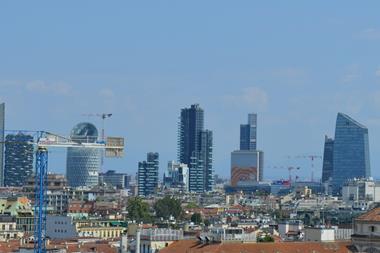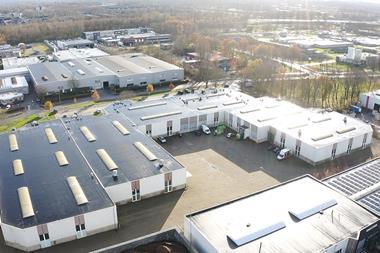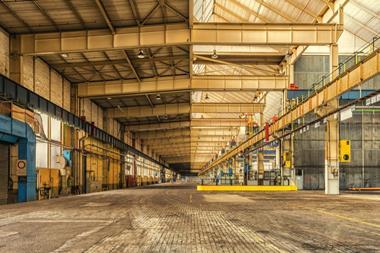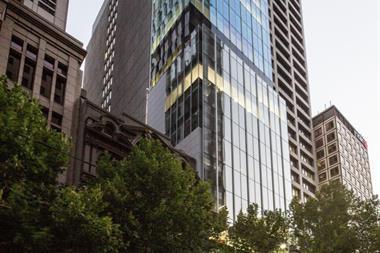Mainland China’s commercial property investment during the second quarter of 2019 recorded a 19% declined compared with the same period a year earlier, according to new research from Cushman & Wakefield Research.
The Greater China Capital Markets Express report showed that for the three months ending 30 June, property investment fell to RMB40.2bn (€5.2bn) as investors become increasingly cautious given ongoing trade friction, softer leasing demand and new supply, particularly in the office sector.
The report stated that despite the reduced investment during the second quarter, over the first half of 2019 investment rose 3.3% from the year-earlier to RMB125.8bn.
“Notably, Singaporean investors have been particularly active of late, investing a total of RMB43.5bn in mainland China over the last 18 months, significantly higher than the 10-year historical average of roughly RMB5b,” the report said, adding that investors from Hong Kong, the US and Canada have also been quite active over the past year.
Francis Li, head of capital markets, Greater China at Cushman & Wakefield, said many investors with dry powder ready to deploy are actively looking for quality assets at the right price with the right return.
“Recently, we noticed that there is a 10-20% price gap between buyer’s and seller’s expectation which leads to prolonged deal negotiation and finalisation.
“Going forward, as there is an increasing amount of tradeable assets flowing onto the market, we expect price to soften in the second half of this year.”
James Shepherd, head of research, Asia Pacific at Cushman & Wakefield, said for many market participants, it has been a challenging first half of the year.
“The US-China trade dispute continues to weigh heavily on sentiment. Absorption of commercial premises all but stalled the previous quarter, albeit levels came back sharply in the second quarter as a certain amount of pent up demand was released.
“Despite this recent flurry of leasing activity, we forecast that the remainder of 2019 will see softer demand than in recent years. Nevertheless, the mainland Chinese economy is proving more resilient than some suggest, and stimulus measures are already showing signs of offering some relief.”
Catherine Chen, head of forecasting and capital markets research, Greater China at Cushman & Wakefield, said: “Benefiting from population growth and rising disposable incomes, shopping centres in prime locations of some Tier-2 cities are increasingly attractive to both domestic and foreign investors.
“In addition, logistics properties remained highly sought-after given the sector outlook, restrictions on land availability and slightly higher cap rates in comparison to the office sector. Logistics gross yields for high-quality facilities typically range from 5% to 6.5% across mainland China.”


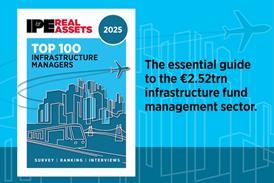

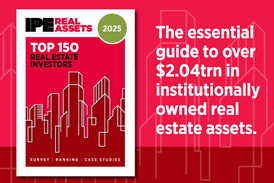
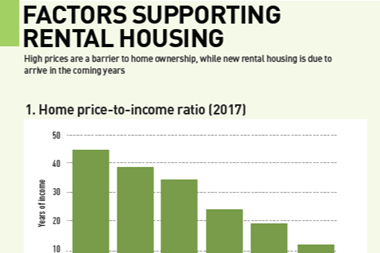
![Fleming 7 [Barings] - smaller](https://d15duu1h3gsd2d.cloudfront.net/Pictures/380x253/1/3/0/1333130_fleming7baringssmaller_293165_crop.jpg)

